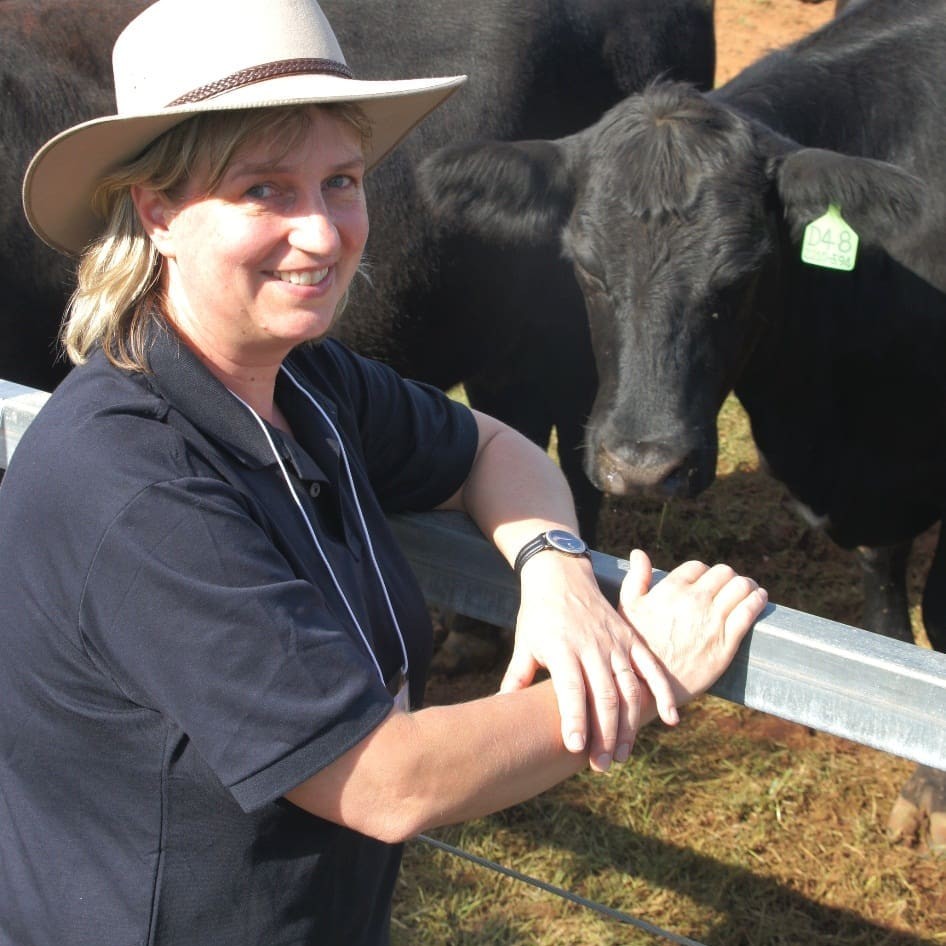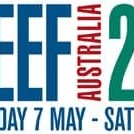 Just as the Trojan Horse of ancient Greek mythology was not all that it seemed, one day soon there could be Brahman bulls working in breeder paddocks across northern Australia inseminating cows with Angus or Wagyu paternal genetics.
Just as the Trojan Horse of ancient Greek mythology was not all that it seemed, one day soon there could be Brahman bulls working in breeder paddocks across northern Australia inseminating cows with Angus or Wagyu paternal genetics.
That possibility is the subject of a blue-sky biotechnology research project which CSIRO’s Livestock Industries division has been engaged in for the past eight years. The work will be discussed in two separate forums during Beef 2012 (see details below).
Dr Sigrid Lehnert, a research scientist from CSIRO Livestock Industries, says the process, known as testes germ cell transplantation technology, is essentially a way of getting a herd bull to do the work that would normally be done by an artificial inseminator, in spreading superior quality outside genetics.
Within the testes of every male mammal reside stem-cells, or germ-cells, that give rise to the sperm produced by that male for his entire life, Dr Lehnert explained.
It was discovered in laboratory tests using mice in the early 1990s that it was possible to take the stem-cells from one male’s testes and transplant them into another’s. Since then, researchers have extended the application of the technology into goats, sheep and other livestock. Beef cattle are the next big focus.
In harsher climatic zones of northern Australia where British breed bulls can struggle to survive – let alone reproduce – the technology, if it can be perfected in a commercially attractive way, has the potential to inject meat quality and fertility traits into calves out of tropically-adapted dams, that would otherwise be difficult or impossible to do.
Dr Lehnert used an example of an Angus bull as the stem-cell donor, and Brahman bulls as the ‘carriers’, although other donor breeds such as Wagyu could have equal relevance.
She said the technology relied on harvesting the stem cells from a donor bull, which are transplanted into the recipients as cell suspensions.
Mating that ‘recipient’ Brahman bull (after reaching sexual maturity) to Brahman females will then produce a percentage of Angus x Brahman F1 progeny.
While the process is still under an earlier stage of development for cattle, research in sheep is further advanced. Part of the process involves giving the recipient ram’s testes a therapeutic dose of radiation, in order to deplete the animal’s own testes stem cells, and provide the right ‘environment’ for the transplanted stem cells from the donor animal.
One of the unique aspects of ruminant testes is that it is an ‘immune privileged site,’ meaning the host’s own immune system will not reject the implanted cells.
DNA tests have been able to measure the success of the procedure in rams – either in semen from the recip ram, or from his progeny. In tests conducted last year, about 50 percent of the semen from an implanted ram was derived from a stem-cell donor animal.
Research was not yet at the stage where all of the recipient animal’s cells could be replaced with the donor’s, but effort was focussing on increasing the percentage of ‘donor’ semen. Responding to a question from a producer during a presentation last year, Dr Lehnert said 90-95pc of donor animal genetics was an ‘attractive target.’
In some crossbreeding programs, it was actually an advantage in not having all offspring bearing the donor’s genes – for the supply of replacement breeders, for example.
In the earlier sheep study, a mob of ewes were mated to the stem-cell recipient rams to prove the process worked, resulting in both crossbred and straightbred lambs, as anticipated. Those lambs were in turn grown-out and successfully mated, proving that there is no inter-generational problems associated with the process.
Some of the early implanted rams have now been followed for four years – about the normal working life of a commercial ram – and they are still producing the donor-derived sperm without any deterioration in concentration. This suggests that once the donor stem cells are establish in the recipient, the process is permanent.
Where is the process up to in cattle?
During 2011, CSIRO produced 20 young Brahman bulls at its research facility in Armidale, receiving irradiation and Angus testes stem-cell transplants. Their semen was due to be tested towards the end of last year, and the recip bulls then mated to prove serving capacity. Dr Lehnert is likely to provide an update on these results during her presentation in Rockhampton.
In a second application, the technology could also one day be used to spread elite genetics within a single breed, she explained.
Stem cells from an elite performing Brahman bull could, for example, be propagated and implanted into lower-genetic merit Brahman bulls to rapidly increase the spread of more favourable genetics across a herd.
One of the problems with the technology as it currently stands is that researchers basically have to sacrifice the testes of the donor bull in order to carry out the transplant. By last year, one donor bull was providing enough stem cells for four recipients.
Research is now focussing on ways to extend the number of recipients that can be serviced by each donor bull’s stem-cells. Cell culture may be a part of the answer to this problem.
Dr Lehnert told a producer audience last year that it was hoped a commercial application of the technology could be applied within five years.
She said the cost of the transplantation procedure was ‘not all that great,’ but the most significant cost came through the irradiation procedure. Currently there was only one suitable irradiation facility in Australia suitable for such treatment of animals, located in Brisbane.
It was unlikely that large numbers of irradiation ‘clinics’ could be established across Australia, meaning some transport of bull calves would be likely to be required for the foreseeable future.
“However we are actively seeking alternatives to irradiation altogether, using other treatments such as chemotherapy to produce the same outcome,” she said. This could be done locally.
Given a successful conclusion in current research in delivering a commercially viable testes germ-cell transplantation technology, Dr Lehnert was asked what would happen in terms of demand for Brahman or Angus bulls, for use in such programs. Was there a risk that Brahman bulls could be reclassified and re-priced simply as donkeys, to transport and support the distribution of Angus genetics? Conversely, could the requirement for large numbers of Angus bulls be greatly reduced, but greater value attached to those few elite performers that were suitable for stem-cell donation?
She said it was difficult at this point to comment on the type of business models that might emerge from the technology, but it could conceivably deliver a cheaper option for spreading elite genetics than the conventional means of using AI, either through a vet or practitioner, regardless of which breeds were used.
-
 Dr Sigrid Lehnert will speak on testes stem cell transplantation during the seminar, “How CSIRO science will underpin beef productivity” in the James Lawrence Pavilion’s Bos Taurus Room on Wednesday May 9, from 11.30am–1pm. Cost $10.
Dr Sigrid Lehnert will speak on testes stem cell transplantation during the seminar, “How CSIRO science will underpin beef productivity” in the James Lawrence Pavilion’s Bos Taurus Room on Wednesday May 9, from 11.30am–1pm. Cost $10. -
Cloncurry beef producer Zander McDonald will touch on the potential for testes germ-cell transplantation in northern commercial cattle operations during his keynote address at Westpac’s Beef Breakfast: “Secrets to Success: Challenges for the beef industry over the next decade” on Wednesday, May 9 from 7.30am. Location: Robert Schwarten Pavilion. Tickets required.
